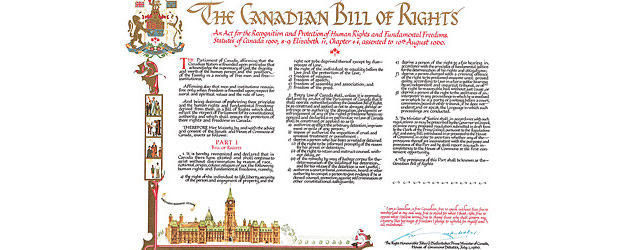The Charter of Rights and Freedoms had a profound impact on Canadian law. Even its very existence was noteworthy. Canada’s rights culture had once been premised on the principle of Parliamentary supremacy. It was a foundational principle of the Canadian state that rights were best protected through Parliament rather than a written bill of rights. Attempts in the nineteenth century to, among other things, have rights codified in a written constitution were violently resisted. Yet almost 150 years later, Canadians embraced the notion of using the courts to enforce a written bill of rights, even if this meant frustrating the will of Parliament.

It was a testament to the implications of the new constitution that governments needed several years to change their laws to ensure conformity with the equality section. The implementation of Section 15 was delayed for three years. British Columbia, for instance, had to amend forty-nine statutes. Two of its long-standing laws—the Barber’s Act and Hairdresser’s Act —had banned women from cutting the hair of a girl or boy under seven years old. Over the next few years, the equality section would redefine family law, criminal law, employment law, and a host of other legal regimes on a range of issues from sexual orientation to poverty and disability. It would also produce some of the most controversial Charter jurisprudence: same-sex marriage; sexual orientation as a prohibited ground of discrimination; spousal benefits for common law and same-sex couples (one case, M v H, led to the amendment of fifty-eight federal and hundreds of provincial statutes); prisoners’ voting rights; girls’ right to play in boys’ sports leagues; sign language in hospitals; and pay equity for women. These cases exemplified how grievances that might have been framed as moral issues in the past had, over time, come to be framed in terms of human rights. The courts have also become a site of contestation regarding the human rights of Aboriginal peoples. In one of its most important decisions, the Supreme Court of Canada affirmed Aboriginal people’s land rights unless an argument could be made that the government had extinguished the right in the past
The Charter’s influence on Canadians’ values over the years has undoubtedly been significant, but it is also impossible to fully measure. Its legal implications are far easier to identify, and these alone are impressive. One of the first battlegrounds was language rights. The Supreme Court of Canada struck down key elements of the Parti Québécois’s signature legislation, Bill 101, which among other things would have forced children to be educated in French. The Charter also created new rights for minorities outside Quebec. The Court determined that French-language minorities have a right to education (where numbers warrant), as well as a degree of control over that education because such “management and control is vital to ensure that their language and culture flourish … [M]inority language groups cannot always rely upon the majority to take account of all of their linguistic and cultural concerns.” A year later, the Court held that all of Manitoba’s laws were invalid because they were not published in English and French. To avoid the inevitable legal chaos, the judgment was delayed until the province could translate its statutes.



